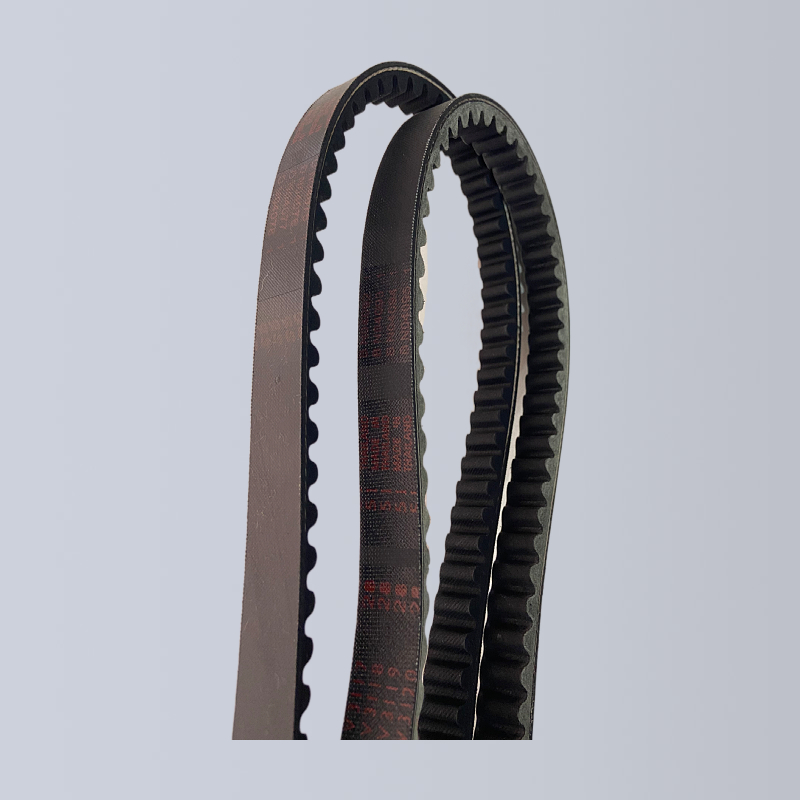- Arabic
- French
- Russian
- Spanish
- Portuguese
- Turkish
- Armenian
- English
- Albanian
- Amharic
- Azerbaijani
- Basque
- Belarusian
- Bengali
- Bosnian
- Bulgarian
- Catalan
- Cebuano
- Corsican
- Croatian
- Czech
- Danish
- Dutch
- Afrikaans
- Esperanto
- Estonian
- Finnish
- Frisian
- Galician
- Georgian
- German
- Greek
- Gujarati
- Haitian Creole
- hausa
- hawaiian
- Hebrew
- Hindi
- Miao
- Hungarian
- Icelandic
- igbo
- Indonesian
- irish
- Italian
- Japanese
- Javanese
- Kannada
- kazakh
- Khmer
- Rwandese
- Korean
- Kurdish
- Kyrgyz
- Lao
- Latin
- Latvian
- Lithuanian
- Luxembourgish
- Macedonian
- Malgashi
- Malay
- Malayalam
- Maltese
- Maori
- Marathi
- Mongolian
- Myanmar
- Nepali
- Norwegian
- Norwegian
- Occitan
- Pashto
- Persian
- Polish
- Punjabi
- Romanian
- Samoan
- Scottish Gaelic
- Serbian
- Sesotho
- Shona
- Sindhi
- Sinhala
- Slovak
- Slovenian
- Somali
- Sundanese
- Swahili
- Swedish
- Tagalog
- Tajik
- Tamil
- Tatar
- Telugu
- Thai
- Turkmen
- Ukrainian
- Urdu
- Uighur
- Uzbek
- Vietnamese
- Welsh
- Bantu
- Yiddish
- Yoruba
- Zulu
Jul . 28, 2024 12:54 Back to list
Understanding the Importance of Serpentine Belts in Your Vehicle's Engine Performance and Maintenance
Understanding the Serpentine Belt Its Importance and Maintenance
The serpentine belt, often overlooked in the grand scheme of automotive maintenance, plays a crucial role in the functioning of modern vehicles. This single, continuous belt is responsible for driving multiple peripheral devices in an internal combustion engine, including the alternator, power steering pump, water pump, air conditioning compressor, and sometimes even the fuel pump. Given its significance, understanding the serpentine belt's purpose, common issues, and maintenance tips is essential for every car owner.
Functionality of the Serpentine Belt
The serpentine belt operates by looping around various pulleys connected to different engine components. Its design allows it to efficiently transmit power from the engine's crankshaft to other key systems in the vehicle. Unlike older vehicles that utilized multiple belts for each accessory, modern cars favor the serpentine belt for its simplicity and efficiency. This design reduces weight and the number of components, leading to improved performance and easier maintenance.
Common Issues with Serpentine Belts
While serpentine belts are designed to last, they are not immune to wear and tear
. Over time, exposure to heat, friction, and environmental conditions can lead to several common issues1. Cracking and Fraying Continuous use can cause the belt material to become brittle, leading to cracks or fraying. Visual inspections can often reveal these signs before they lead to failure.
2. Squeaking or Squealing Noises If you hear a high-pitched noise coming from the engine bay, it could indicate that the serpentine belt is slipping or misaligned. This can severely affect the performance of the accessories it drives.
3. Tension Loss The belt may lose tension over time, especially if the tensioner (the component that maintains the belt's tightness) becomes faulty. A loose belt may not effectively drive the accessories, leading to a failure in crucial systems like power steering or the alternator.
serpentine belt a

4. Complete Failure In worst-case scenarios, the serpentine belt can snap entirely, leading to a sudden loss of power to the accessories it drives. This can result in a breakdown and potential damage to the engine if the water pump stops functioning and causes overheating.
Maintenance and Replacement Tips
Maintaining the serpentine belt is relatively straightforward. Regular inspections should be part of routine vehicle maintenance. Here are a few tips to ensure the belt remains in optimal condition
1. Visual Inspections Check the belt for signs of wear, such as cracks, fraying, or glazing (a shiny surface). If you spot any issues, it’s time to replace the belt.
2. Listen for Noises Be vigilant about any unusual noises coming from the engine. Early detection can prevent more extensive damage and costly repairs.
3. Check Tension Understand how to check the tension of the belt and know the specifications for your vehicle. A tensioner that fails to maintain the correct tension will lead to premature belt wear.
4. Follow Manufacturer Guidelines Refer to your vehicle's owner manual for recommendations on when to replace the serpentine belt. Many manufacturers suggest replacing it every 60,000 to 100,000 miles, but this can vary.
5. Professional Inspections Consider having a professional mechanic perform regular inspections, especially if you aren’t comfortable checking it yourself.
In conclusion, the serpentine belt is an essential component that contributes to the smooth operation of several key systems in your vehicle. By understanding its function and being proactive about maintenance, car owners can avoid unexpected breakdowns and ensure their vehicles run efficiently. Regular inspections and timely replacements can prolong the lifespan of the serpentine belt and contribute to the overall health of the vehicle.
-
Korean Auto Parts Timing Belt 24312-37500 For Hyundai/Kia
NewsMar.07,2025
-
7PK2300 90916-T2024 RIBBED BELT POLY V BELT PK BELT
NewsMar.07,2025
-
Chinese Auto Belt Factory 310-2M-22 For BMW/Mercedes-Benz
NewsMar.07,2025
-
Chinese Auto Belt Factory 310-2M-22 For BMW/Mercedes-Benz
NewsMar.07,2025
-
90916-02660 PK Belt 6PK1680 For Toyota
NewsMar.07,2025
-
drive belt serpentine belt
NewsMar.07,2025

